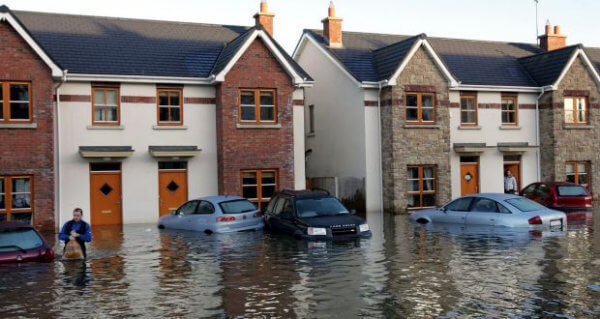Water damage ceiling insurance to a ceiling can be a costly and frustrating experience for a homeowner. Not only is the repair work necessary to fix the damage itself expensive, but there is also the potential for further damage to be caused if the problem is not addressed quickly. On top of all this, there is the question of whether or not the damage will be covered by insurance. In this blog post, we will take a closer look at the topic of water damage to ceilings and how it is typically treated by insurance companies.
First, it is important to understand the different types of water damage that can occur in a ceiling. One of the most common types of water damage is due to a leak in the roof. This can be caused by a variety of factors, including a damaged or missing shingle, a hole in the roof, or even a faulty flashing. Another common cause of water damage to a ceiling is a plumbing issue, such as a burst pipe or overflowing toilet. In these cases, the water damage is likely to be more localized and may not affect the entire ceiling.
Regardless of the cause of the water damage, it is important to address the issue as soon as possible. If left unchecked, the water can cause further damage to the ceiling and potentially even lead to the growth of mold. Mold growth can be a serious health hazard and can also be costly to remediate.
So, what does all of this have to do with insurance? Well, whether or not your insurance policy covers water damage to your ceiling will depend on the specific details of your policy and the cause of the damage. In general, most standard homeowners insurance policies will cover water damage to a ceiling if it is the result of a sudden and accidental event, such as a burst pipe or a leaky roof. However, if the water damage is the result of gradual wear and tear or a failure to properly maintain the home, it is less likely to be covered.
For example, if a tree falls on your roof and causes a leak that leads to water damage in your ceiling, this would likely be covered by your insurance policy. On the other hand, if you have an older roof that has not been properly maintained and it eventually leaks, causing water damage to the ceiling, your insurance company may argue that the damage was the result of your failure to maintain the home and therefore is not covered.
It is important to note that even if your insurance policy does cover water damage to your ceiling, there may be limits to the amount of coverage provided. For example, your policy may have a maximum amount that it will pay out for a single loss or it may have a limit on the amount of coverage provided for water damage specifically. In addition, your policy may have a deductible that you will need to pay before coverage kicks in.
So, what should you do if you have water damage to your ceiling and are unsure if it is covered by your insurance policy? The first step is to review your policy and make sure you understand the coverage it provides. If you have any questions or are unsure about the terms of your policy, it is a good idea to contact your insurance company and speak with a representative. They can provide you with more information and clarify any questions you may have.
If you do determine that your water damage is covered by your insurance policy, the next step is to file a claim. This typically involves contacting your insurance company and providing them with information about the damage and the circumstances that led to it. You may be required to provide pictures or other documentation as part of the claim process. Once your claim has been filed, your insurance company will send





Comments